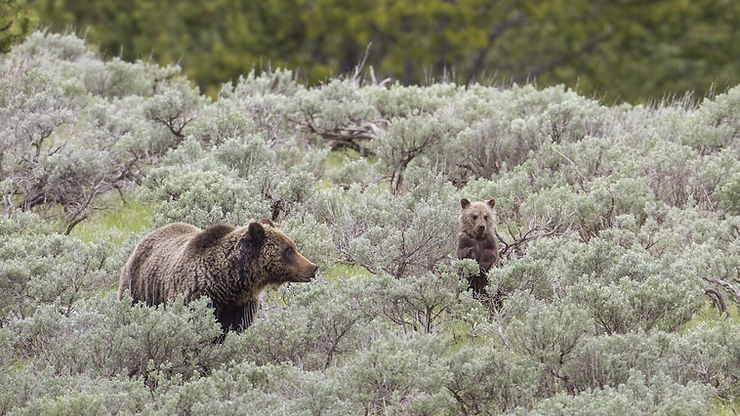By: Chloe Wu
Last week, authorities called off the search to find the grizzly bear that attacked and killed a woman right outside of Yellowstone National Park. This attack caught the attention of many communities, and many debate whether The Endangered Species Act for grizzlies should be removed.
Despite common misconceptions about grizzly bears, they usually try to avoid humans. Of the five million people that have visited Yellowstone National Park, only ten of them have been killed by a grizzly bear. Statistically, the probability of dying from falling off a tree is equal to the probability of getting killed by a grizzly bear.
Frank van Manen, the leader of the Interagency Grizzly Bear Study Team, stated that attacks have been very rare and show no upward trend at all.
“It’s totally possible for people and bears to coexist on the landscape,” van Manen claimed. “I think in the greater Yellowstone Ecosystem, we have shown that that is the case.” (NPR)
Hannibal Anderson, a rancher who lives 30 miles away from where the woman was killed, believes that bears aren’t much of a problem. Growing up, he was surrounded by bears, but they never caused significant trouble.
“I don’t see the world as a place where humans just get to trump everything else,” he claimed. “I consider it a really fundamental responsibility of being human to serve the ecological integrity of wherever we live.”
Since 2007, the U.S. Fish and Wildlife Service has removed the protection for grizzly bears at Yellowstone. However, this caused a backlash from bear advocates, and they sued the organization.
As bear advocates and political leaders are aware of the grizzly bear attacks, communities around Yellowstone National Park debate whether The Endangered Species Act of 1975 for grizzly bears should be repealed.











